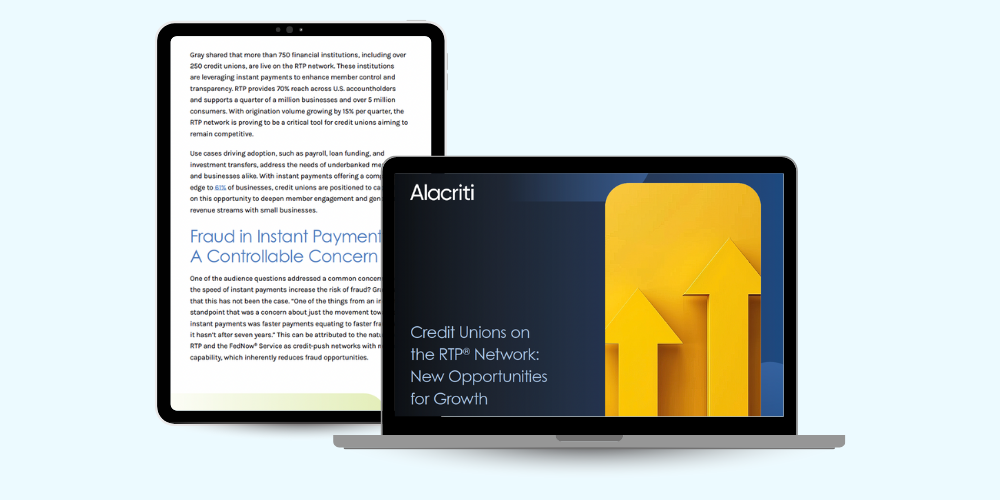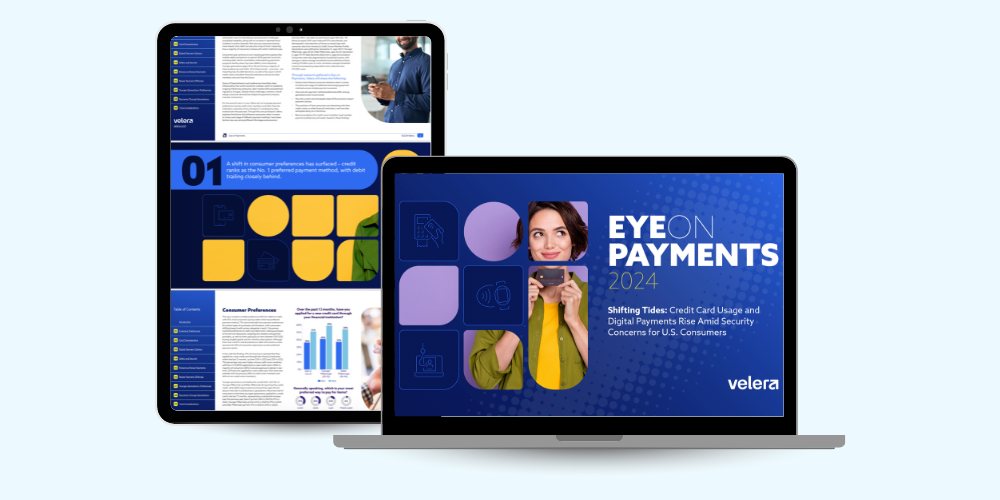Business organizations have often agonized over where to focus first, their products or their brand. Some people believe that over time, their products will eventually define their brand while others believe they should work backwards. In the end, we have seen organizations appear where their products and their brands are nearly indistinguishable.
Numerous FinTechs have emerged to serve the needs of certain populations with targeted product offerings such as checking and savings, prepaid cards, peer-to-peer payments, paycheck advances, and mobile investing. Even though these FinTechs have now increasingly penetrated the market, credit unions would be remiss to concede on certain competitive segments and should instead, focus on their own product, experience, and innovation while leveraging their established brands and market presence.
When developing a strategy to reach various populations, credit unions should consider integrating three main pillars into their plan:
- Tailored Products
- Technology
- Financial Education
Tailored Products
A credit union may consider a tailored secured credit card product to help members who don’t qualify for a standard unsecured credit card to build their credit scores. The member puts down a security deposit for the account, which typically determines the credit limit. Once the cardmember completes a set number of on-time payments, the cardmember may begin to establish a healthy credit history, providing the opportunity to open an unsecured card relationship in the future. Secured cards have become more competitive and appealing with many offering rewards, graduation strategies and full integration into a financial services provider’s digital infrastructure. These graduation strategies may help with long-term member retention as well, given the positive reinforcement of good behaviors.
Another segment a credit union may consider is a tailored product for its small businesses. This segment is becoming increasingly important to credit unions that aim for full engagement with their communities. Small businesses want different things from a credit product including:
- The ability to manage transactions, category spend, and line sizes
- Robust reporting with integration into financial management tools
- Specialized servicing functions
- Flexible underwriting
- Tiered rewards or smart tiering of rewards
Given the wide variety of needs members and small businesses may have when it comes to credit cards and credit building products, it's important that credit unions offer a complete suite of credit card products that can meet numerous needs, including building credit, offering rewards and convenient, digitally enabled payments. It may not be enough to simply offer one or two credit card options.
Small Business Segment Highlight
There are 31.7 million small businesses, defined as an independent business having fewer than 500 employees, in the U.S. These businesses serve an important role in the economy, not just by giving people jobs, but by spending money — small business credit card transactions will exceed $700 billion by 2023.
As credit unions review their credit card acquisition strategies, they should position their product offerings to attract small businesses. Products may include loan products of small business investments, merchant processing capabilities, business focused checking/debit solutions and depending on scale, either corporate or small business payment products. Adding features that focus on digital, making payment acceptance easier, helping businesses better manage their accounts payable/receivable, expense tracking/control or cash flow management/forecasting, can help a credit union build deeper relationships with small businesses.

Technology
Digital technology is rapidly increasing in importance and developing accessible technology is one way for credit unions to eliminate barriers to engage selected populations. As of February 2021, 85% of U.S. adults have a smart phone, making mobile and web features an essential opportunity to reach a broader community. These individuals may not live close to a credit union branch or have easy access to transportation to visit in person.
Forty-one percent of consumers say that mobile apps are their primary means of banking, making mobile technology a top priority for credit unions. Use of online banking (mobile and web) continues to rise and has increased pre- to post-pandemic by 13%, an 11% increase on mobile apps alone. In 2020, 88% of general-purpose card applications were submitted digitally. Mobile apps should contain all the capabilities members need to complete critical banking functions without having to visit a branch including:
- Ability to check balance and make a payment
- DIY servicing such as setting travel notifications and enrolling in paperless statements
- Options to set up and manage account alerts, request a balance transfer, and view account statements
- Fraud monitoring capabilities like transaction disputes and lock/unlock card for transacting
- Review rewards earned and redeem easily
Financial Education
Access to comprehensive and easy-to understand financial information is an obstacle for many cardmembers, but an opportunity for credit unions to make financial resources accessible.
In 2020, over 1 in 10 (13%) U.S. adults admit they are “not very” or “not at all” confident in their knowledge of personal finance. This figure has risen each year since 2017 (8% in 2017, 10% in 2018, and 12% in 2019).
Findings from a recent report by Elan and PYMNTS highlight that consumers have a desire to engage with credit unions to build better credit but may not know how, or where, to start. Financial education tools, available online and in app, should cover a variety of topics, including, but not limited to:
- Cardmember’s current credit score, factors that determine it, and tips to improve their rating
- Best practices for when and how to use credit cards to build credit
- Ideas on how to manage loans and budget savings
- Tips to protect one’s financial information from cybersecurity threats, including a clear outline of when and how your credit union would contact a member for information
Learn more in the full report from Elan.
All data sources can be found in the full whitepaper document.








